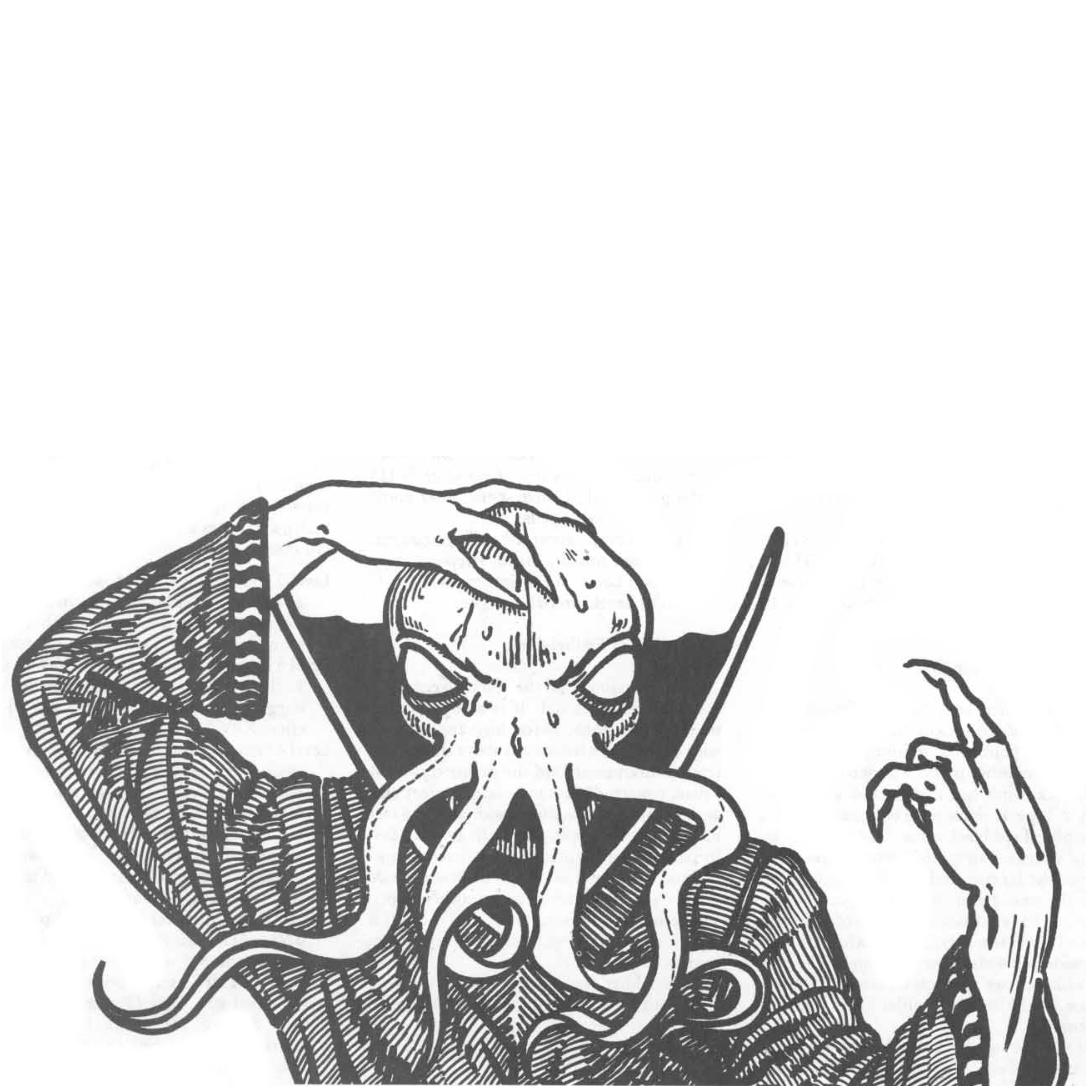d8s with duplicate sides gang
D12 with numbers in triplicate appreciators over here
D100 with 25 of each option lover right here
Flipping a coin two times and reading the result as binary gang. (Don’t actually do this, coins aren’t as fair)
They’re only off by about 1% and the bias depends on which side was up, it’s not that bad. I wouldn’t expect most inexpensive dice to be substantially fairer than that.
Would spinning the coin get rid of that bias?
I have not read any stats on coin spinning, so I don’t know!
I suppose it’s basically flipping turned 90 degrees, so it might still be affected but which face is forward when being spun.
Honestly I’m sure this is the best solution. I get that a d4 is the obvious choice for something that should have a 1/4 chance of happening but a d8 with 4 numbers twice would be the most appropriate.
The only downside I can see is that a d8 and a d8/4 would be easy to mix up at first glance.
Honestly you only need a d20 and a d6. D4? Divide by 5. D8? D20/5 x d20/10. D12? D6xd10/2
MATH BABY
D8? D20/5 x d20/10
Am I missing something here? Can this even generate 5 or 7?
D20/5 gives [1…4] and D20/10 [1…2], of course assuming whole numbers. Where to get the factors for 5? 5 can be factored only as 5x1 or 1x5 and the 5 cannot be found either in d20/5 or d20/10. Same is true for 7.
And I don’t see it happening either if we allow rational numbers. To get 5 we would get the following expressions
5= d120/5 x d220/10 = d120 x d220/50
or 250= d120 x d220
And two d20 multiplied together cannot give us 250.Math baby?
You are right, in my mind the d20/2 was some sort of iterator over the d20/5, the correct math would be d20/5+(20/5*(d20/10-1)). To get 5 this expresion would be with a 1-5 in the first one and a 11-20 on the second, the first would be 1 (rounded up) , and the second one 4*(2-1), so 5. The idea is that you use the second one to decide how many batches of the full first batch you add to the first one. As if you were rolling a d100 with two d10 but in base 20/5 instead of base 10. It’s not actually base 20/5 but that’s the idea, one of the dice is the “tens” dice and the other is the “hundreds” dice.
… math baby
But then do really need the d8? If we toss that in the bin we can go to the universal d60. This one dice will allow us to get
d2 (even/odd)
d3 (d60/20)
d4 (d60/15)
d5 (d60/12)
d6 (d60/10)
d10 (d60/6)
and d12, d15, d20, d30Base 60 is cool yo!
You don’t even need a special die for this. Just roll a d8 and subtract 4 if it’s 5-8. Just like using a d6 as a d3.
I always divide by two and round up for d3
I don’t get what this means, roll on top or bottom of what?
There are 2 kinds of D4 dice. The result can be on the bottom or on the top of the “piramid”.








